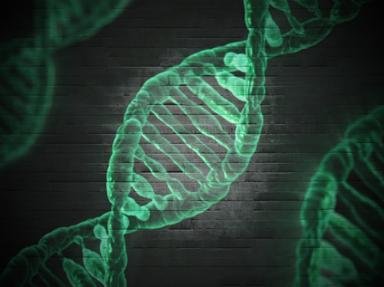Quiz Answer Key and Fun Facts
1. We all know that DNA carries genetic information. But who first conclusively demonstrated this now ubiquitously-known fact?
2. You probably know what a nucleotide is (monomer of nucleic acids), and you may have heard the term "nucleoside" floating around. What's the difference between a nucleotide and a nucleoside?
3. Probably the most recognizable physical property of DNA is that it is shaped like a double helix (it's even in the title of this quiz). But why is DNA shaped this way (as opposed to a simple ladder)?
4. DNA's close cousin, RNA, has almost identical nucleotides. The main difference is that RNA contains ribose sugars instead of deoxyribose. What is the difference between the two (for a BIG hint, look at the names of the sugars...)?
5. The basic structure of nitrogenous bases is simply either one (pyrimidine) or two (purine) carbon/nitrogen rings. Each ring contains 2 nitrogen atoms. The only way to differentiate amongst the bases any further is to look at the functional groups attached to the skeletal ring structure. Which base contains a methyl functional group?
6. The nitrogenous bases in DNA and RNA are linked to the sugars by what type of bond?
7. The sugar-phosphate backbone of DNA and RNA is linked together by what type of bond?
8. What is the correct way to read the base sequence on a single strand of DNA?
9. I have a double-stranded DNA molecule 6 nucleotides long. One strand (read 5' to 3') has the base sequence AGGTCA. What is the base sequence of the other strand (read 5' to 3')?
10. DNA comes in different forms. Which is the predominant form of DNA?
Source: Author
aznricepuff
This quiz was reviewed by FunTrivia editor
crisw before going online.
Any errors found in FunTrivia content are routinely corrected through our feedback system.
